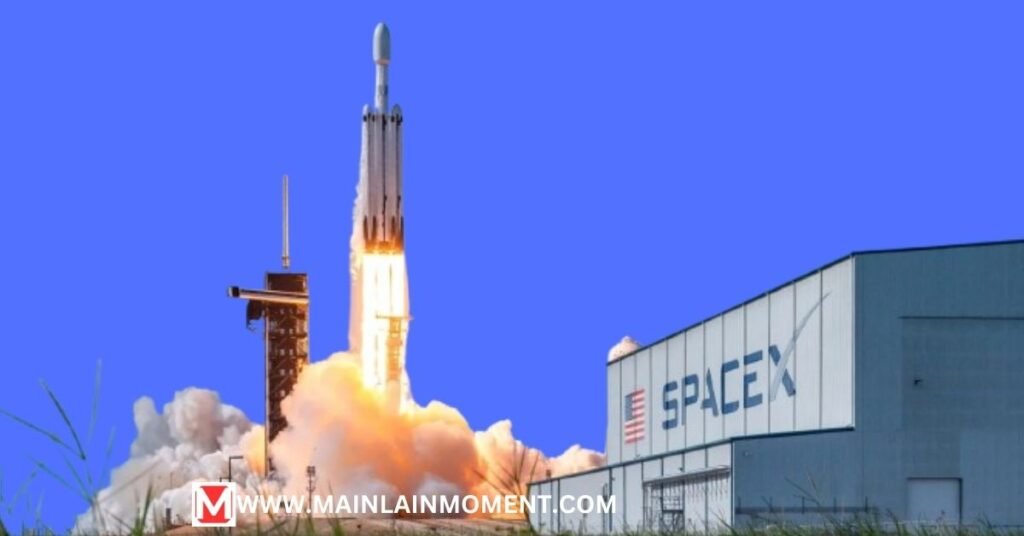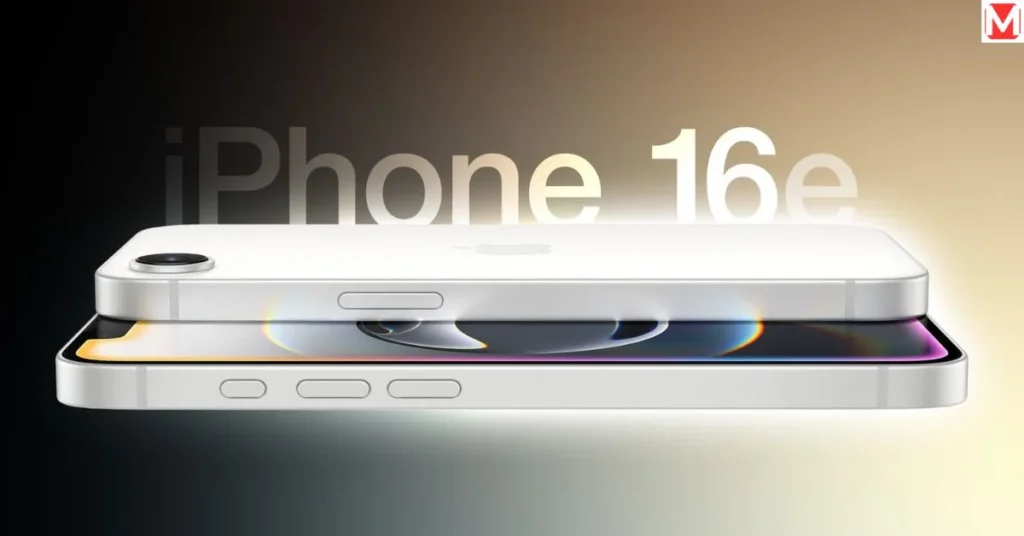SpaceX: Pioneering the Cosmos with Rockets, Satellites, and Dreams
SpaceX: Pioneering the Cosmos with Rockets, Satellites, and Dreams SpaceX is more than a typical company; it is a disruptor of all things cosmic. Under the relentless leadership of Elon Musk, the company has successfully reset the boundaries of what can be achieved in space. Reusable rockets such as Falcon 9, internet-beaming Starlink satellites, and the big boy, Starship, are all on his mind for missions to Mars. By that date in February 2025, Space Exploration Technologies had sent close to 450 rockets into the test skies and would send astronauts into space and up to the International Space Station. Curious how such a scrappy little startup became the world’s top space launch provider? Buckle up here’s the story. Click Here To Read More About Meta Platforms The Vision That Sparked It All A tech millionaire bets big on a wild dream slash space travel costs and colonize Mars. Elon Musk, a visionary who started SpaceX in 2002. The man made $180 million from PayPal and put $100 million of this into his new enterprise.Launching stuff into orbit cost $10,000 per pound way too steep. He aimed to cut that by 90% and make space a human playground. SpaceX started learn in a Hawthorne, California warehouse. Musk, the founder and CEO, hired a handful of sharp engineers. No cushy government contracts or corporate handouts just raw ambition.Take on aerospace titans like Boeing and Lockheed with rockets built from scratch. Three failed launches nearly killed the dream, but Musk doubled down. That grit set the stage for a revolution. Breaking Orbit: Key Milestones SpaceX didn’t just crawl into space it roared. Let us wind back to watch some moments that had us pulse-racing and struck a path into the paradise of legends. In 2008, the Falcon 1 soared as the first privately funded rocket to orbit Earth. After three flops each a gut punch to the team that fourth launch saved SpaceX from bankruptcy. Fast forward to the year 2010; Falcon 9 was launched. This reusable rocket was capable of carrying 50,000 lb to orbit for a fraction of the cost of its competitors. The year 2012 saw the arrival of the Dragon spacecraft at the International Space Station, beginning NASA’s Commercial Resupply Services. The deal-$1.6 billion covering 12 cargo runs-was a nationwide billboard for SpaceX.By 2015, reusability hit big. A Falcon 9 booster Landed upright after launch, slashing costs. Picture $62 million per flight dropping to $20 million with reuse. Game changed. In 2020, SpaceX made another historic breakthrough. The Demo-2 mission sent astronauts Bob Behnken and Doug Hurley to the International Space Station, making the private company the first to conduct human spaceflight. It had flown 13 crewed missions by 2025. These aren’t just achievements; they’re earth-shattering changes. Starship: The Next Frontier SpaceX’s Starship was A groundbreaking, reimagining the vim of ion. This was a fully reusable rocket and at 394 feet tall possessed the capability of orbiting with a 150 ton payload.Musk calls it the key to Mars. Unlike Falcon 9, Starship’s stainless-steel frame and methane-burning Raptor engines scream durability and power. Development’s been a rollercoaster. Early tests in SpaceX Starbase, Boca Chica, Texas, ended in fireballs six explosions between 2019 and 2021. But persistence paid off. In October 2024, Starship’s fifth orbital test nailed a booster catch with giant “chopstick” arms. The Federal Aviation Administration (FAA) greenlit it after months of scrutiny. Starship could drop launch costs to $10 per pound pennies compared to the old $1,000-plus norm. It’s not just about Mars; think lunar bases, space tourism, or hauling massive telescopes. By 2025, SpaceX eyes its first full orbital flight. Buckle up this rocket’s a titan. Starlink: Rewiring Global Connectivity Ever dreamed of internet everywhere? Starlink satellites are making it real. This satellite constellation over 6,000 strong by early 2025 beams broadband to 2.7 million users across 75 countries. From rural Kansas to Antarctic research stations, Starlink’s internet constellation is a lifeline. The idea’s simple: flood low Earth orbit with small satellites each 573 pounds linked into a satellite network. Launches started in 2019, often piggybacking on Falcon 9. By 2025, SpaceX pumps out 120 satellites monthly from facilities in Redmond, Washington. Cost? A cool $500 per dish plus $120 monthly for service. Click Here To Read More About Deepseek Not everyone’s cheering. Astronomers gripe about light pollution those satellites streak across starry skies. Competitors like OneWeb and Amazon’s Kuiper scramble to catch up. Still, Starlink’s a cash cow, raking in $6 billion yearly by 2025. That funds Musk’s Mars obsession. Connectivity’s just the start. Hardware That Defines SpaceX SpaceX’s gear isn’t just cool it’s revolutionary. Here’s the lineup. Falcon Family: Falcon 9 flies most missions over 400 by 2025 lifting 50,000 pounds. Falcon Heavy, the muscle, hauls 141,000 pounds, perfect for heavy lift jobs. Falcon 1 retired in 2009 but paved the way. Raptor Engines: These methane-fueled beasts power Starship. Each pumps out 510,000 pounds of thrust twice a Falcon 9 Merlin engine. Methane’s cheap and Mars-friendly. Dragon Spacecraft: Born for cargo delivery, Dragon evolved into a crew hauler. Crew Dragon’s sleek, with room for seven astronauts and touchscreen controls. Drone Ships: Floating platforms like “Of Course I Still Love You” snag Falcon 9 boosters mid-ocean. Three ships handle 70% of landings by 2025. This hardware’s why SpaceX dominates. Reusability, power, and ingenuity it is a winning combo. Launch Pads and Factories SpaceX doesn’t just build rockets it is got a sprawling network. Check out the hubs. Hawthorne, CA: The OG site churns out Falcon 9 and Dragon gear. Mission control hums here too 8,000 employees strong. Boca Chica, TX: SpaceX Starbase is Starship’s chaotic cradle. This launch facility near Brownsville doubles as a test ground. McGregor, TX: Engines roar at this 4,000-acre proving ground. Over 500 Raptor tests by 2025. Cape Canaveral & Vandenberg: Florida and California launchpads handle Falcon Heavy and ISS runs. These spots pulse with activity. In 2024, SpaceX shifted its HQ to Texas lower taxes and less red tape.
SpaceX: Pioneering the Cosmos with Rockets, Satellites, and Dreams Read More »









